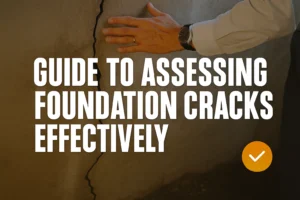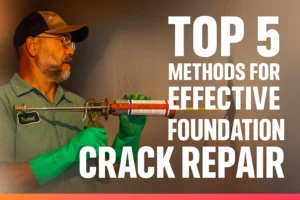Bulkheads are used to ensure that a waterfront property is protected against the ceaseless waves of water and as such, they are adequately strong and indeed dependable. These retaining walls will be capable of restraining the soils to stop erosion, protecting the land against damage by tidal flow, waves, and runoff. But when a bulkhead leaks or breaks up, it may undermine the stability of the land and cause expensive water damage. Knowing how to avoid water damage caused by a leaky bulkhead would be vital in preserving the value and status of your property. This guide details practical measures and maintenance techniques to ensure bulkheads remain waterproof and efficient against water intrusion.
What is a Bulkhead and Why Is It Important for Your Home?
A bulkhead is a wall-like structure constructed for heavy construction and nowadays it serves as a barrier between your area and a body of water like a lake, river or ocean. It serves the main purpose of retaining the soil as a means and guarding the shoreline against erosion by waves, tides and currents. Bulkheads protect the slow breakdown and loss of land that could actually affect the stability and value of your property by redirecting wave energy.
Waterfront homes and bulkheads are particularly important because bulkheads help prevent water-related destruction and erosion of land. They also contribute beauty to your waterfront by creating a clean and finished edge that can be constructed using a variety of materials such as treated wood, vinyl, concrete, or steel, all with their own longevity and aesthetics.
The initial step in safeguarding your home against the dangers of life by the water is to understand the role and value of a bulkhead. Regular maintenance and repairs will also improve its performance and life span.
Common Causes of Bulkhead Leaks
Leaks that happen in bulkheads may compromise your shoreline defenses’ integrity and cause severe water havoc, erosion and expensive restorations unless promptly handled. The most important thing to perform in order to prevent bulkhead leaks is to learn about the usual causes of this leak and why it can occur even in the conditions of good and effective prevention.
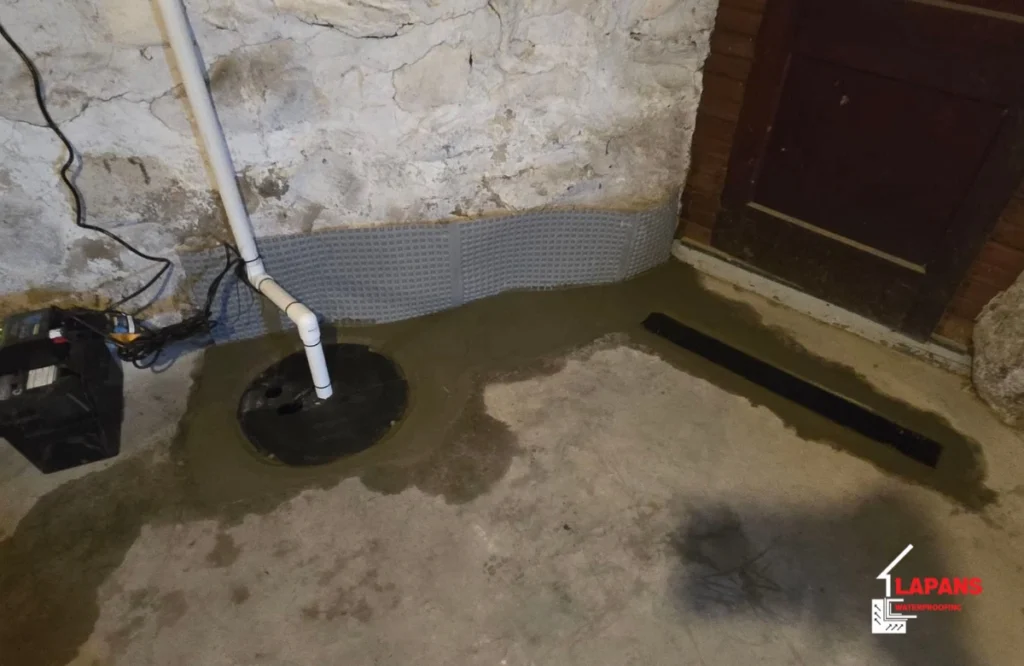
- Cracks and Separation in Concrete or Panel Joints
- Failed or Degraded Sealants
- Corrosion and Rust
- Tieback and Structural Failures
- Soil Erosion and Sinkholes Behind the Bulkhead
- Toe and Berm Deterioration
Prevent Water Damage from a Leaky Bulkhead
A damaged bulkhead can often become a big issue for any waterfront property owner. Not only does water infiltration cause the shoreline to be unstable, but the soil erodes and causes foundation problems and expensive repairs when neglected. Luckily, water damage in a leaky bulkhead can be avoided through timely intervention and the right methods.
Identify and Address the Leak Early
Early detection is the initial requirement for avoiding water damage. Cracks or joint separations or soil erosion behind the bulkhead should be checked regularly to identify any leaks before the situation deteriorates. Small cracks and malfunctioning seals can be repaired when identified using surface sealing and joint re-caulking with waterproof sealants made of marine quality to withstand wet conditions.
Use Polyurethane Injection for Hard-to-Reach Leaks
When leaks are deep and long-standing or are not seen or accessible, polyurethane injection is highly effective. It is a process that uses injected expanding polyurethane foam that seals the cracks internally and fills the available space behind the bulkhead. The foam mixes with water and expands to seal breaches and stabilize soils, extending the life of a bulkhead usually 15 years.
Ensure Proper Drainage Behind the Bulkhead
Hydrostatic pressure behind a bulkwater causes the water to move through any cracks. Proper drainage systems should be installed and maintained. French drains, maintenance of weep holes free and clear, allow water to seep and relieve pressure, escaping leaks and structural strains.
Reinforce Structural Integrity as Needed
When your bulkhead begins to move, bow, or move, you may need reinforcement. The addition of soldier piles, deadman anchors, and wales makes the structure resistant to water pressure and ground motion. Shifting and destabilization lead to leaks of structure, which are prevented by structural integrity.
Replace When Necessary for Long-Term Protection
In case of frequent repairs or a heavily damaged bulkhead, panel replacement or replacement of the entire bulkhead with new durable materials might prove to be the most suitable long-term solution. Modern construction has frequently made new constructions with enhanced waterproofing capabilities to prevent leaks and lower maintenance expenses over the decades.
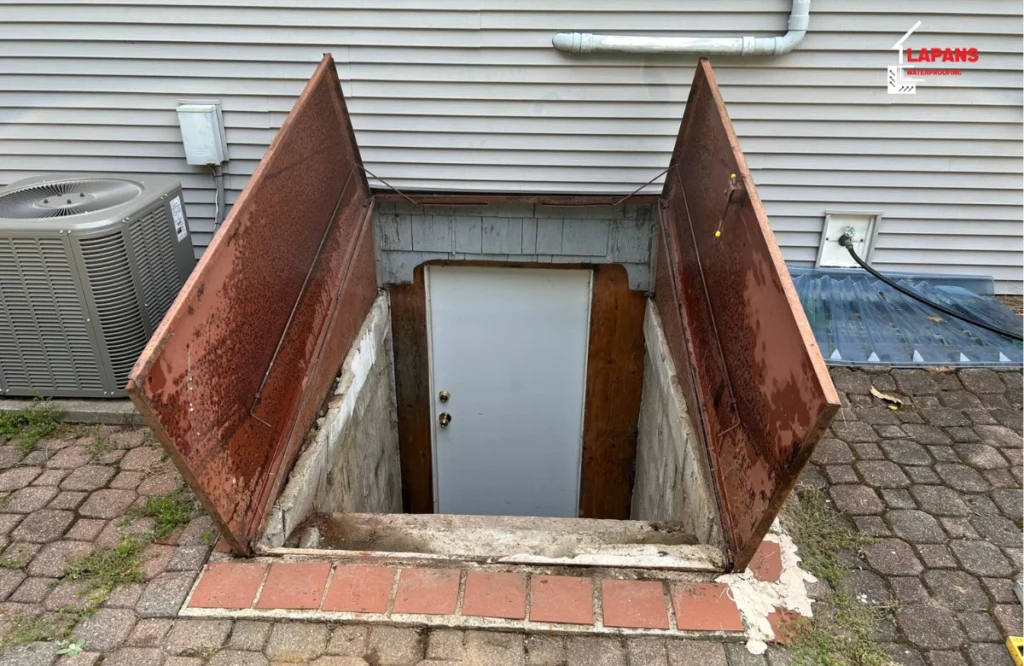
How Often Should You Inspect Your Bulkhead?
Inspecting your bulkhead should be done at a minimum of annually, with a heavy recommendation that you do a visual inspection at least twice a year, usually in spring and fall, to check it. Moreover, a check should always follow significant weather phenomena such as storms or heavy rains to detect any damage promptly.
To provide a detailed inspection with the help of an advanced tool, including underwater areas or inaccessible ones, it is reasonable to conduct professional inspections periodically, possibly every few years. To conclude, biannual visual examinations, event-based checking, and regular professional evaluations are sure to maintain your bulkhead stable and operational.
Conclusion
Waterfront yard maintenance is important to defend your waterfront property against water damage and erosion. Regular tests, prompt repairs, sealing, waterproofing, and adequate drainage will ensure that there are many years before your bulkhead becomes weak and unusable. Keep in mind that anything you do early can save you on costly repairs in the future. In case of any indication of leaks or damage, do not delay and call upon the professionals of Lapans Basement Waterproofing. We are experts in avoiding bulkhead leaks and repairs to protect your property and household.
FAQs
You should check your bulkhead twice a year, preferably in the spring and fall, and following any significant storms.
Cracks, separating joints, corrosion, soil erosion behind the structure, and unsuccessful sealants tend to cause leaks.
In some cases, small cracks and gaps can be filled using waterproof sealants, whereas larger problems will have to be repaired by a professional.
High drainage systems, which include French drains and weep holes, ensure that water does not accumulate behind the bulkhead to cause pressure that brings about leakages.
In case of a usually damaged bulkhead or a shifted or long-lived used bulkhead, replacement can prove to be cheaper.
Wood, concrete, steel, and vinyl tend to be commonly used and require varying resources in maintenance and longevity.
Maintenance identifies issues before they arise, prolongs the life of the bulkhead and defends your property against expensive water damage.
